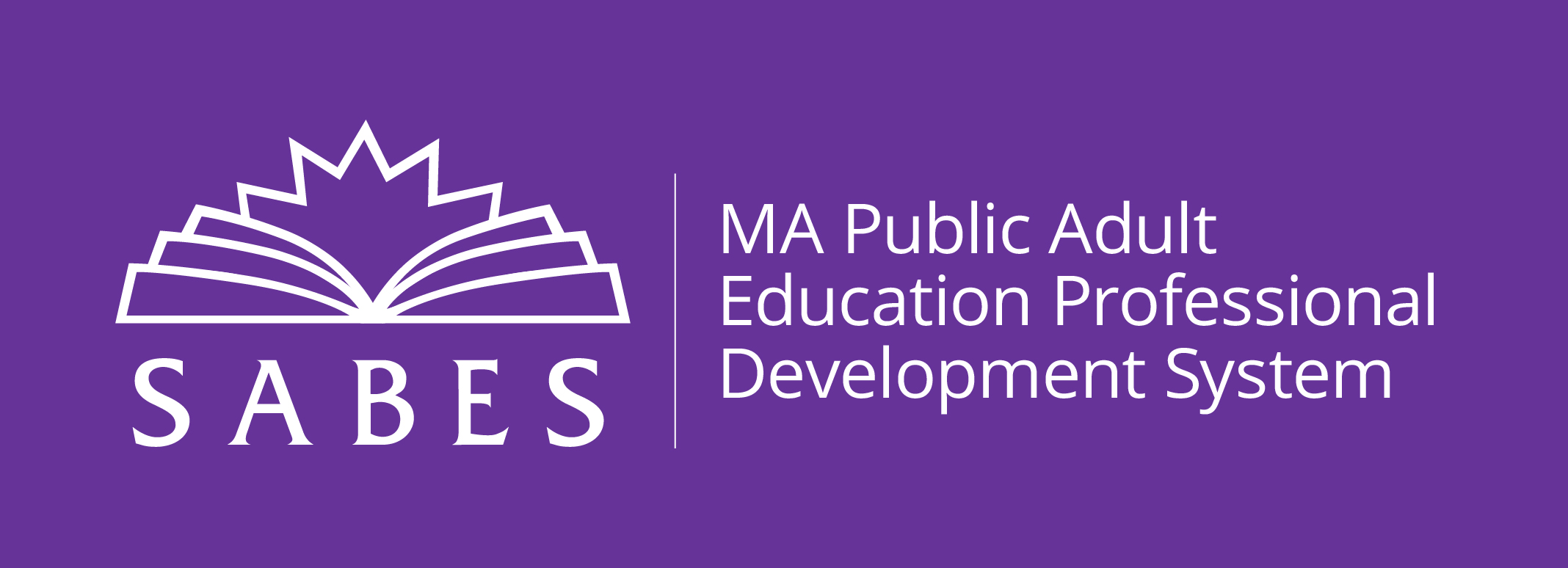
The COVID-19 pandemic has highlighted the role of distance and blended learning classes. As the pivot to remote teaching and learning highlighted the great digital divide in this country, it also created avenues of access for many learners who might not otherwise be able to participate in traditional in-person classes.
Many programs are using this year’s Option 3 funding toward the goal of expanding equitable access for adult learners in their communities. During this planning and implementation phase, directors have asked us to help them identify the core skills that distance and blended education teachers need to be effective. A key leader in this work, The International Society for Technology in Education (ISTE) “challenges us to rethink traditional approaches.”
This is important work that can help directors identify leaders in their programs, create job descriptions for hiring, and develop PD plans to build the capacity of existing staff to help their online students persist and thrive.
The following resources are intended to help you and—ideally—the teachers you engage in this process as you build your plan. Rather than provide you with a “one-size fits all” list of skills, we recommend a more productive process of prioritizing and adapting the skills in these resources according to your own program, teachers, and students.
On the Distance Education Planning Template on our website, you'll see (page 6) that effective distance education teachers should:
- Actively promote student engagement
- Monitor and promote student participation, persistence, and progress
- Collect, report, and use assessment, attendance, and other data
- Assist with resolving tech problems
- Communicate with and provide feedback to distance education students
As you consider these skills, you might wonder how they differ from effective in-person teaching. In truth, many skills are critical in both contexts. So then, what skills can directors observe in teachers that demonstrate the capacity to teach through distance? Some of these evidence-based resources can help you focus more squarely on skills specific to distance and blended formats.
IDEAL Distance Education and Blended Learning Handbook (updated in 2020, 7th Edition)
This newly updated Handbook addresses issues that are at the core of successful blended and distance education. It is intended to be a “springboard for change” and is informed by current research, policy guidelines, and observations of effective practices documented by IDEAL Consortium members, past and present, as well as affiliated state leaders.
- Handbook Chapter 7 focuses on administrative issues, including a section on Identifying and Supporting Teachers.
- Appendix C has a “Description of an Effective Distance Education Teacher.”
- Appendix D is "Computer Skills Assessment for Teachers," which also serves to describe the skills and competencies a distance education teacher must have.
Northstar has a comprehensive list of essential skills. It is designed for adult learners but could just as easily be adapted for adult educators.
We also recommend checking the comprehensive ISTE Standards for Educators. Standard 2b suggests that “educators advocate for equitable access to educational technology, digital content, and learning opportunities to meet the diverse needs of all students.”
The Massachusetts DOE Elementary and Secondary Education website offers a Technology Self-Assessment (look at the Featured Box on the right of the page) that, despite being designed for K–12, could serve as a checklist and means of beginning a process of discovery and reflection with staff.
These are all fairly short documents that you can use to begin this process. Chances are you will be best served by creating an amalgam of those skills that make the most sense for your program and learners.
What You Can Do Now
Leveraging the lessons learned over the past year can help us to serve an entirely new audience of adult learners in our communities. As always, we remain available to work with you to develop the systems and infrastructure that will help you advance high-quality distance education and blended learning services.
- Check the SABES Calendar for new PD offerings, such as the Introduction to Blended Learning: Maximizing Impact through Online and In-Person Learning online course from IDEAL that we have adapted for MA, beginning on February 23. It is designed for directors and their teams who are interested in building their knowledge and skills around planning and implementing blended learning.
- Check out one of our “On Demand” asynchronous sessions. The links to these recorded webinars are posted on the SABES Calendar on the second Tuesday of each month (see, for example, the February and March postings).
- Attend (or offer to present at!) one of our monthly Coffee Hours, co-presented by Diana Satin and adult educators. (See an example here.) These sessions focus on a specific strategy and serve as a forum for you to share best practices and challenges. For more information, please contact Dianarsatin@gmail.com.
- For more information or support, please contact Program Support PD Center Director Luanne_Teller@worlded.org.


